PR Measurements should be more business outcome driven: Experts
PR measurement, accountably and ROI are increasingly becoming more important in Public Relations. More and more clients are seriously viewing this, so that they get to know if their campaign is working or effective and producing the desired impact. Especially with the advent of social media, reputation management has become challenging. While technology and data analytics has helped to bring in some accuracy in measuring, there is still a debate both with the clients and agencies that are, we following the right approach for measurements when it comes to evaluating a PR campaign.
To debate, discuss and share their views, Adgully organised a very interesting Webinar on ‘Are We Approaching PR Measurement the Right Way?’, where experts from the industry were asked to share their views. The panel was moderated by Ashwani Singla, Founding Managing Partner, Astrum. After welcoming the panel, the first question that was thrown open to the panellists was – ”What is wrong with public relations measurement in today?”
Giving his views, Bharatendu Kabi, Head - Corporate Communication, Hero MotoCorp, said that the way organisations define the scope of public relations or corporate communications, if it is not realistic, then obviously the flaw starts with that because then the measurement gets limited and restricted to how one defines the role and scope of public relations. “Then each activity or each event that you want to do or each initiative that you have, has a different sort of outcome. Therefore, the objective has to fit the outcome that you based on the desired objectives. The other point that I want to make is when it comes to large global companies with large set ups in different parts of the world where you have different stakeholder groups that are distinct where there is a different challenge. Here, most of the times your initiatives are focussed to that particular stakeholder group and here there is a problem applying the same kind of parameters and the same kind of measurement tools to all your activities across the board,” he added.
Abhinav Rahul, Corporate Vice-President, Corporate Communications, Max Life Insurance, saw measurement in three parts – input, output and outcome. According to him, “The biggest problem is that the PR world is still a lot depending on output and not outcomes, which is ultimately what is important for business. When I talk to my CEO and my board, they are keener to see an impact on the business. And therefore, we need to more closely look at outcome measures and also look at what the business goals are and create our strategies in line with the strategic objectives. Today, when it comes to measurement our outcomes are not talking to the outcomes of business so we need to move in that direction and ensure that the public relations outcomes are related to the business outcomes.”
Sonia Huria, Head- Corporate Marketing, Communications & Sustainability, Viacom18, was of the opinion that, “PR industry’s focus has shifted from AVEs to business impact but the current measurement system has unfortunately not yet adapted itself to actually measure the impact. While mapping of success metrics for both new age and traditional media exists, what is missing is the ability to directly correlate a successful PR campaign to actual business outcome. Currently the processes followed are derivative and hence, a more direct approach is needed in my opinion to monitor the success/ failure of a campaign. The need of the hour is to measure both qualitative and quantitative impact.”
Agreeing with Rahul and Huria, Valerie Pinto, CEO, Weber Shandwick, noted, “Measurement is about predictive listening, crafting of strategic narratives, output measurement and outcome discussions. Today, we don’t listen enough. Our measurement companies are focussed on output SOV, etc. Tools such as Brand Watch, Meltwater are very effective as a combination for listening and measurement. With communications transitioning to integrated, we now need a unified dashboard. A start point and an end outcome.”
The discussion then moved to the measurement issues. Starting with his comments, Aseem Sood, CEO, Impact Research & Measurement, and Director - International Board, AMEC, said, “We have the opportunity to work with Public Relations consultant and corporates. Three things that I would like to share what we see wrong in public relations measurement today. The first point is in most of the campaigns, public relations measurement is always an afterthought. So, there are times you will be surprised that we get a request from the client after the campaign has been completely executed. And now, they come to us and say, can you now help me measure it?”
The second point that Sood presented was that the objectives that clients set are not measurable at times, and as a result, the measurement campaign is likely to fail if the measurement objectives are not defined properly or set in a measurable way. “The third point is that a lot of people look at measurement only as a report card of the work that has been done. Whereas nowadays, many clients have started looking at measurement as a source of insights so that I can make improvements to my program going forward. So, these three things are I think the main, reasons why several measurement programs fail,” he added.
Ankoor Choudharri, CEO, Concept BIU, pointed out that India has been recognised for its measurement capabilities and that his company has been shortlisted as the finalist for the effectiveness awards internationally. He added, “We are at par when it comes to global measurement companies. The biggest challenge with measurement that we feel it is still perceived and driven by numbers, which corporates achieve. This is an old-fashioned data dump that consists of certain number of articles or AVE or an opportunity to see factor. But neither of these parameters can independently tell you or showcase, the actual performance or the brand's visibility today in the given media landscape. And as everyone rightly said measurement cannot be used as a report card, but you actually need to start using that to plan your PR strategies, plan your way forward and then use the same numbers to basically go back and audit your PR and planning strategies. Finally, it depends on a measurement agency and how well can you really develop a report for your client’s requirements, and then take it from there.”
On the other hand, Siddhartha Mukherjee, Brand Communications & Data Analytics Consultant, had a different view on measurement. He remarked, “One thing that I have learnt is that PR measurement is a zone of those who are brave hearted and that is the reason only a very small percentage of them in the agency and corporate side are now seriously exploring, talking and discussing measurement seriously. The remaining part of the industry is not doing measurement, but what they are doing is actually PR monitoring. For me, PR monitoring has a specific boundary and for the PR measurement boundary starts in a different area. So, if you go to the PR measurement side, it is basically all about outcome. On the PR monitoring side, it simply means – what happened? What is happening? PR measurement is all about what is the benefit or what is the outcome I had on my brand health and on my business health.”
Continuing further, Mukherjee said, “I believe that PR monitoring is a separate zone and PR measurement is a separate zone, we should not be confusing one with the other. I have seen industry people go ecstatic when they say that they have so much of advertising value. So therefore, I have achieved measurement. But I think it's a good time now for industry leaders, PR service providers and PR measurement service providers to come forward and say let’s start differentiating, defining and educating the industry.”
The panel also touched upon some of the other important aspects related to measurement, which were discussed at length by the panellists.





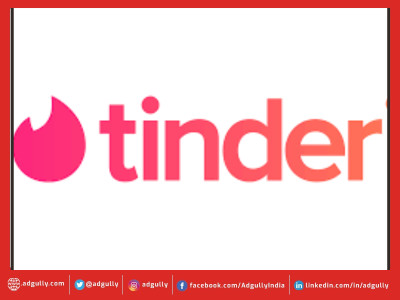
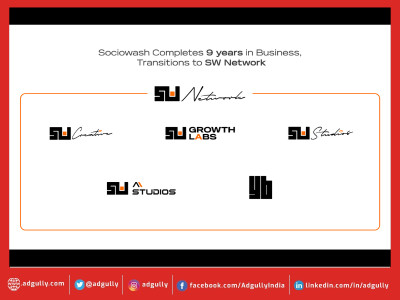
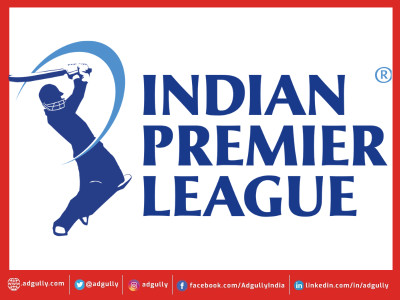

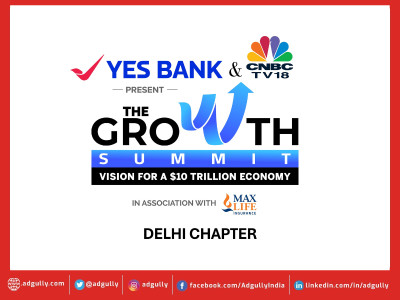
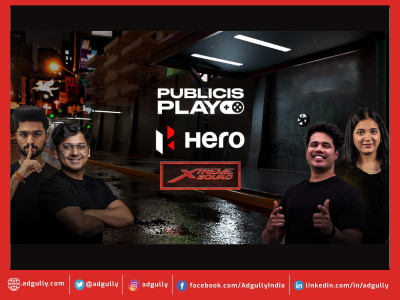
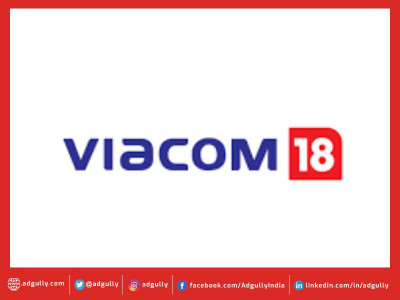
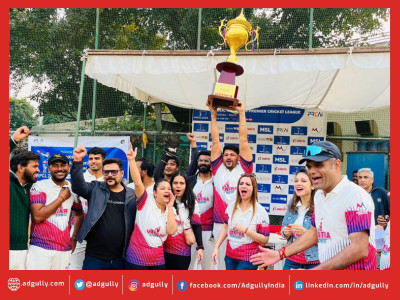



Share
Facebook
YouTube
Tweet
Twitter
LinkedIn